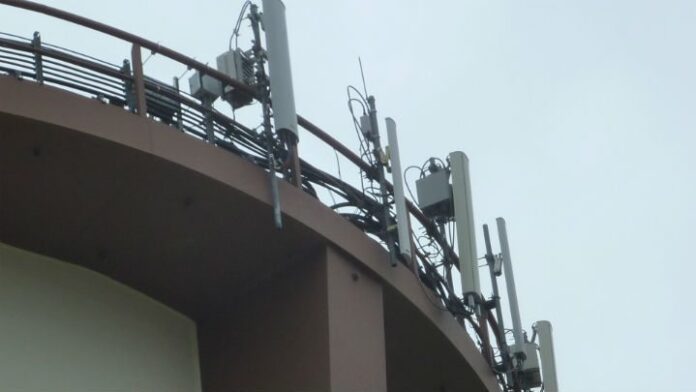Massive MIMO is seen as a key technology to delivering mobile 5G
Massive multiple-input, multiple-output, or massive MIMO, is an extension of MIMO, which essentially groups together antennas at the transmitter and receiver to provide better throughput and better spectrum efficiency. This method’s ability to multiply the capacity of the antenna links has made it an essential element of wireless standards including 802.11n (Wi-FI), 802.11ac (Wi-Fi), HSPA+, WiMAX and LTE.
Moving from MIMO to massive MIMO, according to IEEE, involves making “a clean break with current practice through the use of a large excess of service antennas over active terminals and time-division duplex operation. Extra antennas help by focusing energy into ever smaller regions of space to bring huge improvements in throughput and radiated energy efficiency.” The group calls out other benefits including cheaper parts, lower latency, “simplification of the MAC layer, and robustness against intentional jamming.”
Sprint, along with vendor partner Nokia, made a splash at Mobile World Congress earlier this year with a massive MIMO demonstration that pushed multi-gigabit speeds over an LTE network. But, news aside, Sprint CTO John Saw and COO of Technology Günther Ottendorfer tried out a few analogies to explain the concept of massive MIMO, which, in this case, refers to an 128-antenna array in a 64-transmit/64-receive configuration.
“You have 128 ears to listen,” he said. “You used to have one ear – 128 ears in a sector where there are probably eight or 16 users at the same time.” Ottendorfer took another swing with, “It’s like you have 128, how you call the things, megaphones,” he said. “The theoretical concept of these antennas has been around for a long time but the computing power wasn’t there. We are very happy that we have so much spectrum that we can grow into that spectrum and massive MIMO is one of the things that will help us,” Ottendorfer added. In this case, the goal is to deploy using Sprint’s 2.5 GHz spectrum assets, which he said provide good quality and coverage. “To really make it work in a mobile environment, you really need 2.5 GHz.”
That goal materialized earlier this month with Sprint and Samsung announcing preparations to deploy dozens of antenna elements per cell site in select areas across the U.S., as the carrier rolls out massive MIMO to leverage its 2.5 GHz spectrum in preparation for 5G. The two companies have been testing the technology in Suwon, South Korea, and Sprint said it has been able to increase channel capacity by at least 300% and boost cell edge performance by 200%.
“The performance that we’re seeing is very encouraging: peak speeds of more than 300 megabits per second just using one 20 megahertz channel,” said Sprint CTO John Saw. “To get that sort of performance using a more traditional 8 transmit, 8 receive base station that we have deployed today, you need to do three channel carrier aggregation. But with massive MIMO simply on just one channel, we were able to reach peak speeds of more than 300 megabits per second and when we do three carrier aggregation on top of this massive MIMO antenna we should be going past the gigabit per second capability.”
As you can imagine, deploying a system with hundreds or thousands of antennas and terminals isn’t exactly plug-and-play. This requires more advanced processing capability in the nodes. Also, each node must be able to determine the data transmitted from one antenna to that transmitted from another, otherwise network performance will be limited. This requires sophisticated channel estimation and sounding techniques, according to Cambium Networks.
Some other challenges, according to the Institute of Electrical and Electronics Engineers (IEEE), include:
- Making many low-cost low-precision components that work effectively together
- Acquisition and synchronization for newly joined terminals
- the exploitation of extra degrees of freedom provided by the excess of service antennas
- and finding new deployment scenarios
- reducing internal power consumption to achieve total energy efficiency reductions

